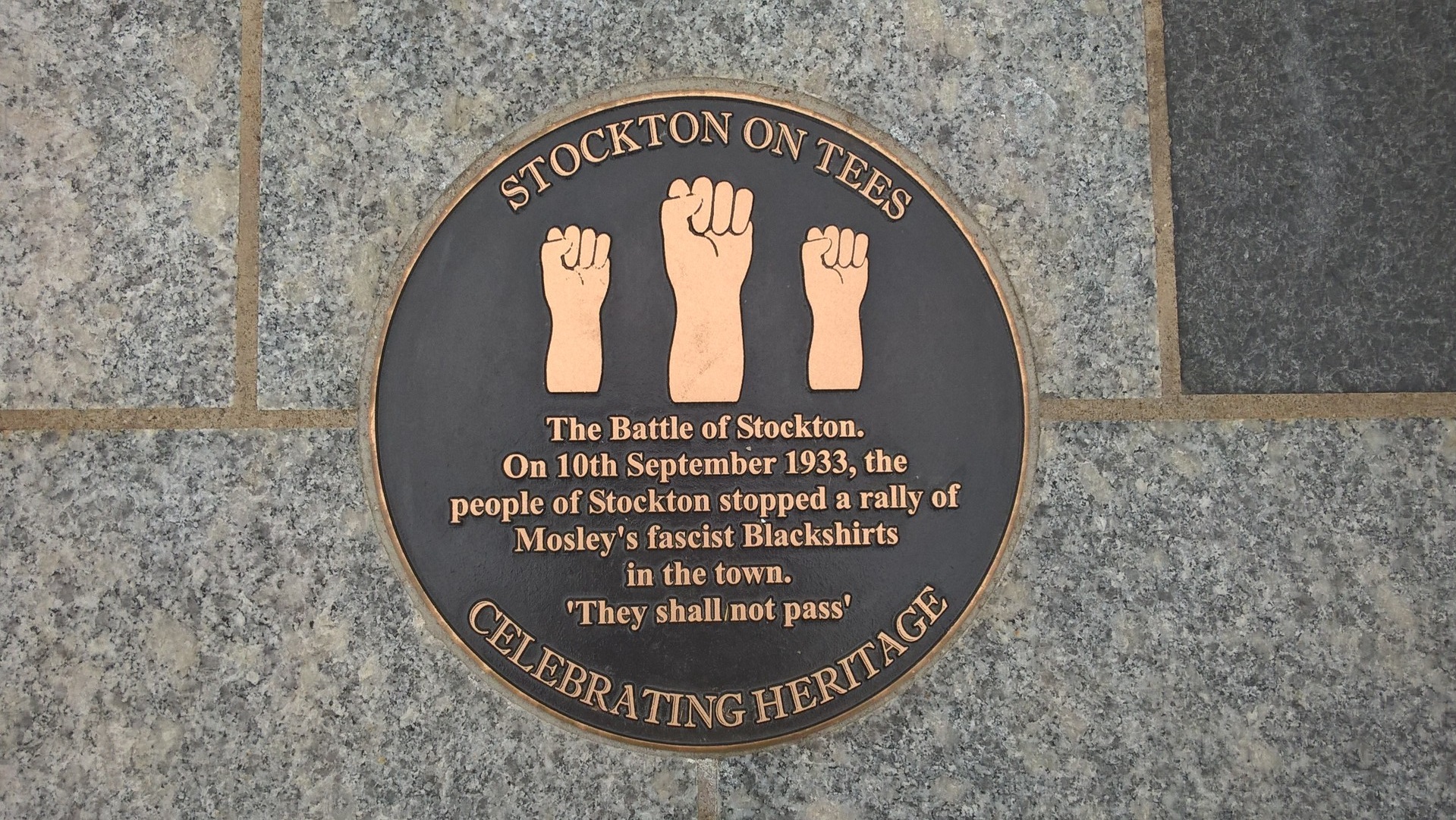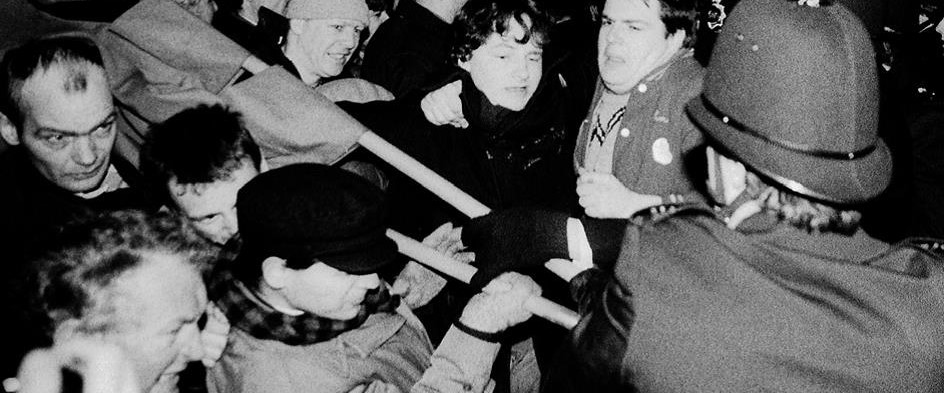A true union daughter
Julia Varley is the subject of the second in a series of short books on great men and women who feature prominently in the history of Unite and its predecessor unions.
Born in Bradford 1871, Julia was influenced by her great grandfather. Joseph B Alderson had supported the 1830s Chartist working-class movement that agitated for basic Parliamentary suffrage reforms.
At aged 12 she began work in a textile mill and joined the General Union of Textile Workers, quickly taking on the role of full-time organiser in a continuous struggle to encourage combination amongst unskilled workers.
In 1890-91, Julia supported the Manningham Mills textile workers strike. Ben Tillett, a leader of the successful 1889 London Dock Strike, impressed her when he spoke in Bradford. Despite being defeated the strike encouraged local workers to join unions.
Meanwhile, when Julia’s mother died of gangrene in 1896 she assumed the role of caring for her six younger siblings whilst also continuing working full-time.
Julia attended her first Trades Union Congress (TUC) in 1900. She regularly spoke up for VOTES FOR WOMEN and after joining the Women’s Social and Political Union she twice found herself imprisoned following raids on the House of Commons floor.
In 1909, George Cadbury and George Shann recruited Julia to assist Birmingham women workers organise themselves. She energetically supported key strikes and was prominent in successful strikes by Cradley Heath chain makers and the National Union of Operative Bakers.
Two years later, Julia assisted the Workers’ Union (WU) with a nine-month dispute at Bilston, which whilst unsuccessful roused local workers. There followed a series of successful strikes that boosted WU membership figures. New organising staff was recruited in early 1912 and Julia became one of the first women officers of a mixed sex union.
As the West Midlands exploded industrially, with between 30 and 40 thousand on strike in June 1913, Julia was outstanding in her gift of meeting the strikers’ wives and women associated with the actions, turning them into active supporters.
In late 1913, Julia supported the WU’s efforts to organise 5,000 striking Cornish clay workers. She was amongst those brutally attacked by the police. When the union became recognised this established permanent unions in mid-Cornwall.
During the First World War, Julia was extremely effective in encouraging new female workers to join the WU and also recruited Chinese seafarers left stranded in Britain.
In 1921, Julia was elected as a representative of women workers on the TUC General Council. Aside from a brief period she served until her retirement in 1935.
WU membership fell dramatically during the 1920s. In 1929 the union amalgamated with the Transport and General Workers Union. Julia became Chief Women’s Officer. Considering her age and how few WU officials gained positions with the new union it was a sign of her trade union standing. She retired in 1936. After going blind she returned to Bradford and died in November 1952.
- TOM JONES – a fighter for freedom and working people: Spanish Civil War volunteer and Welsh TGWU general secretary. http://www.unitetheunion.org/uploaded/documents/Tom%20Jones%20booklet11-19899.pdf
- Julia Varley – Trade union organiser and fighter for women’s rights. http://www.unitetheunion.org/uploaded/documents/Julia%20Varley11-22098.pdf
 Like
Like Follow
Follow


